Paraponera clavata
2299,90 zł
The Paraponera clavata colony is monogynous and can hold up to 3000 workers. The ants have a slow development speed. The queen measures 26-30mm, while the workers measure 20-26mm. They are mostly dark brown to reddish brown in color. The ants feed on insect food, syrup, fruits, vegetables, jelly, and cooked chicken without salt.
| Behavior | |
|---|---|
| Difficulty in breeding | |
| Origin | |
| The size of ants | |
| Wintering |
Product Description: Paraponera clavata Ant Colony
The Paraponera clavata ant colony is an incredible and fascinating specimen to own. With its unique characteristics and features, it is a must-have for any ant enthusiast. This product description will provide you with all the information you need to know about this colony, including its colony type, size, development speed, nutrition, and recommended habitats.
Colony Type: Monogyny
Colony Size: Up to 3000 workers
Development Speed: medium
Size and Color:
- Queen: 26-30 mm
- Workers: 20-26mm
Color: Mostly dark brown to reddish brown in color, the Paraponera clavata ants are visually striking and easily recognizable.
Nutrition:
- Food insects (such as cockroaches and crickets) dead, or live if colony is big
- Syrup (a mixture of water and honey or sugar, with a ratio of 4/3 water:1)
- Fruits and vegetables
- Jelly
- Cooked chicken without salt, shrimps
- Honey
Don’t forget to check out our food products to ensure a well-balanced diet for your colony!
Humidity and Temperature:
- Humidity: Arena: 40-60%, Nest:650-80%
- Temperature: Arena: 22-30 °C, Nest: 23-26 °C
Species Feature: Powerful Sting
One of the most captivating features of the Paraponera clavata ant colony is its sting. The sting of this species is known to be extremely painful and allergenic, ranking high on the Schmidt Sting Pain Index. In fact, their stings can cause anaphylactic shock, making it a species to be cautious around. Interestingly, some Indian tribes of the Brazilian Selva incorporate the Paraponera clavata ants into their initiation rituals, subjecting themselves to its sting up to 20 times.
Recommended Nests for Breeding
When it comes to breeding the Paraponera clavata colony, it is crucial to provide them with suitable nesting options. Recommended nests include those made of acrylic with a gypsum base, gypsum, aerated concrete, or earth. These materials provide the necessary structure and environment for the colony to thrive.
Sand/Substrate
It is essential to include sand or substrate in the arena to create a natural and comfortable living area for the Paraponera clavata ants. This addition will enhance their overall well-being and increase their satisfaction within their habitat.
In conclusion, the Paraponera clavata ant colony is an incredibly intriguing and unique species to own. Their monogyny colony type, impressive size, and distinctive color make them a standout among ant enthusiasts. With their varied diet and specific humidity and temperature requirements, caring for this colony ensures their health and well-being. Lastly, their powerful sting and the cultural significance placed upon it adds an extra layer of fascination to this incredible species. By providing the recommended nests and including sand or substrate in their arena, you can create the perfect environment for the Paraponera clavata ants to thrive. Don’t miss out on the opportunity to own these remarkable ants and add a touch of nature’s marvels to your collection.



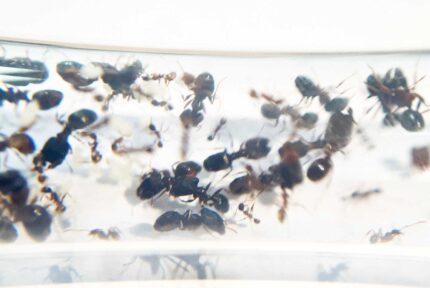
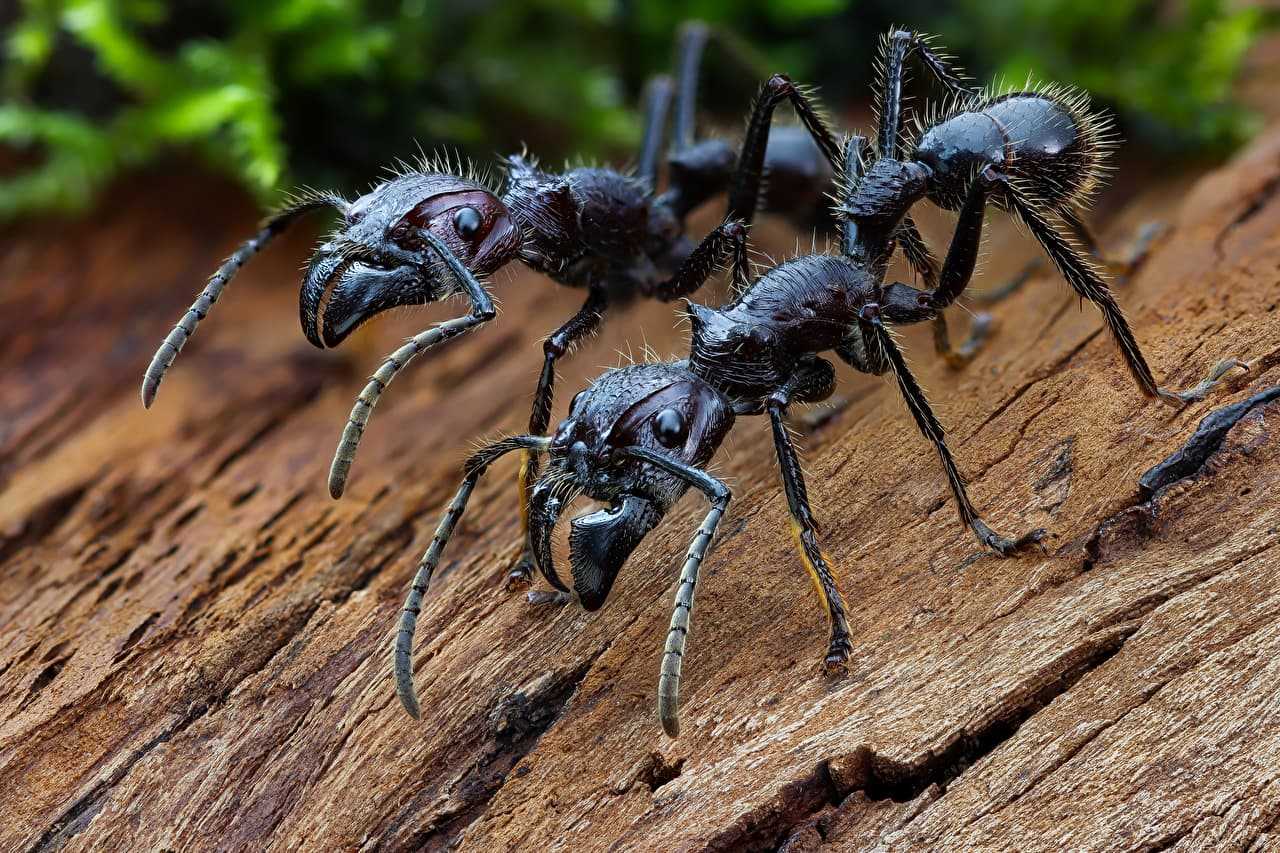
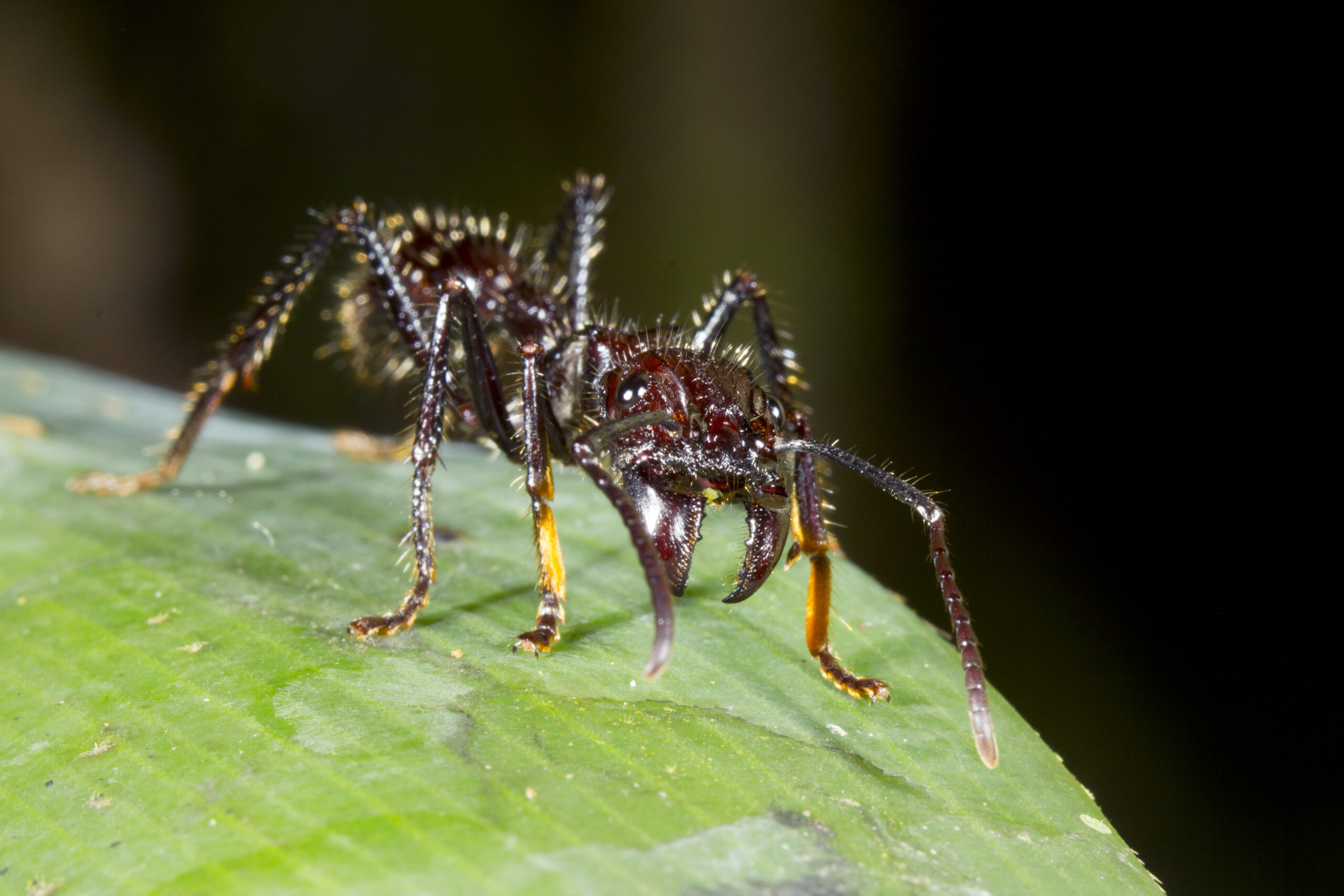
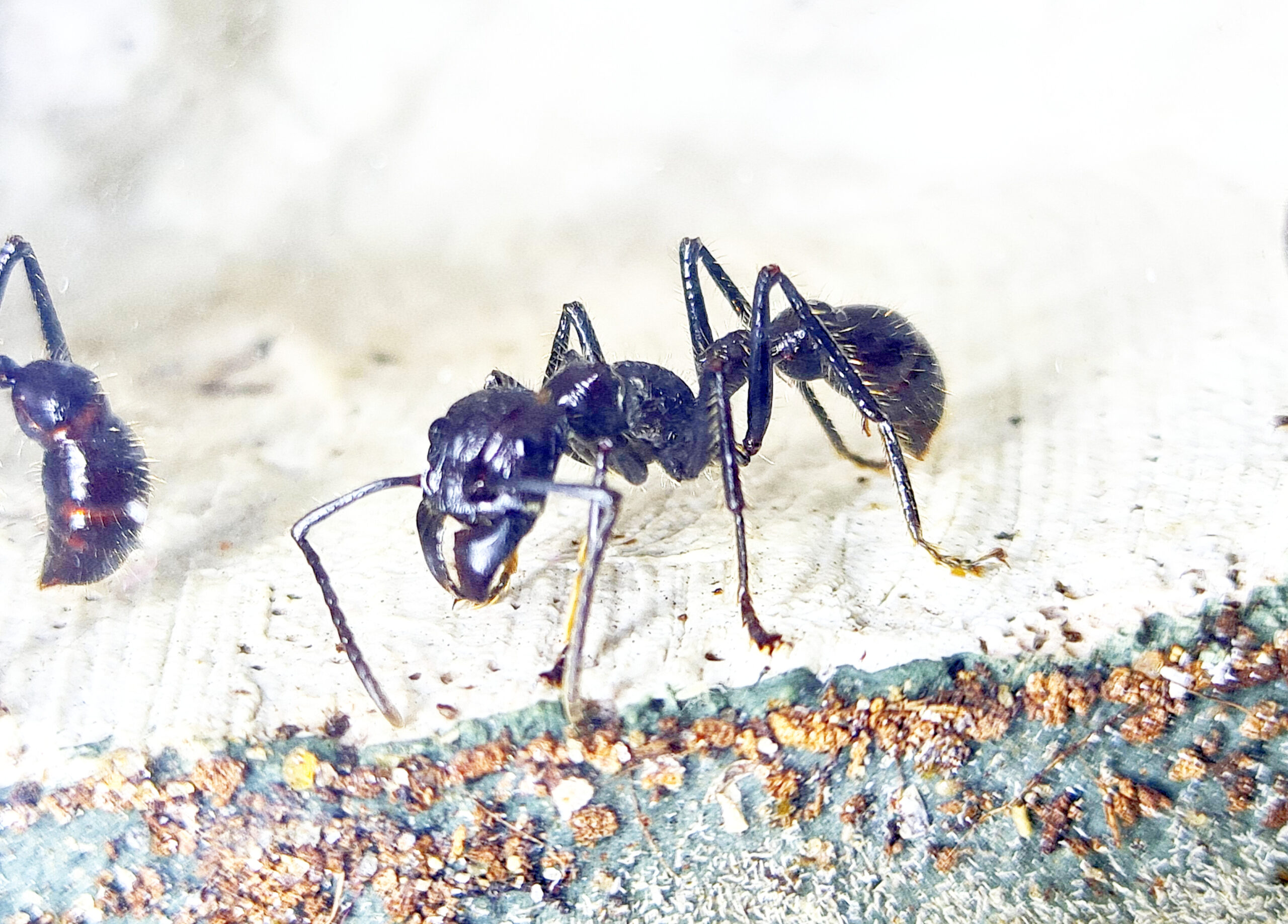

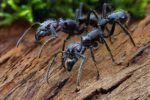
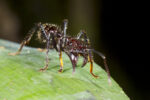
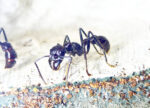
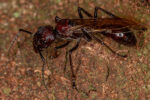
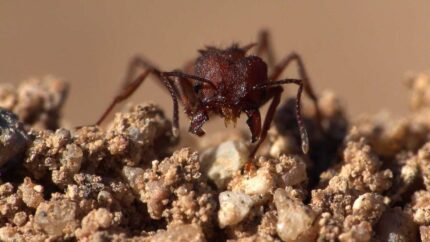
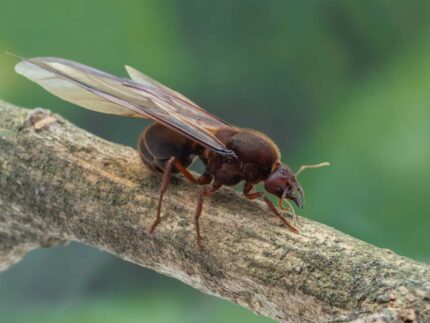
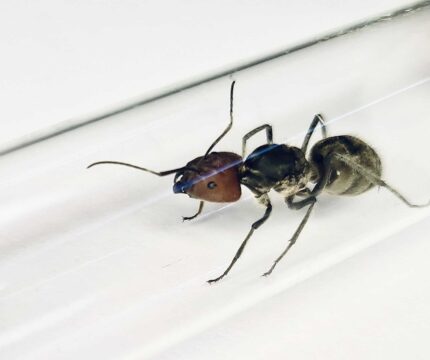
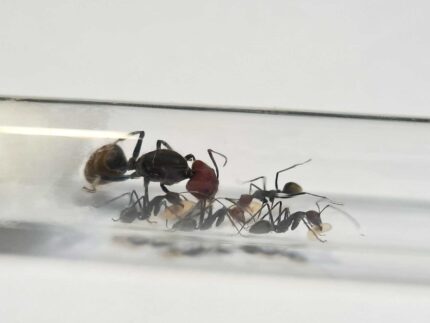
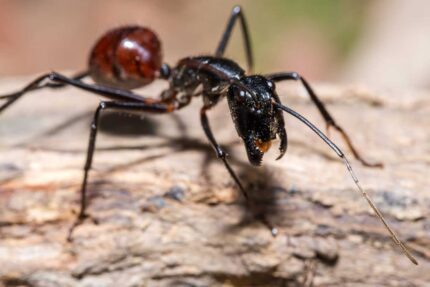
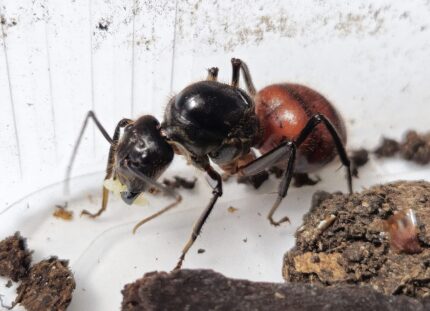
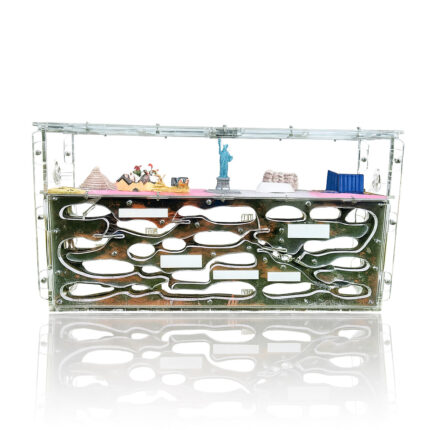
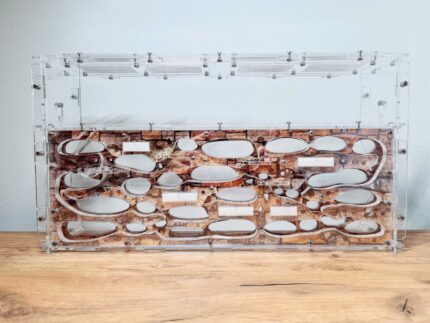
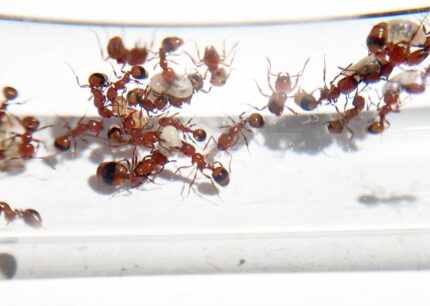
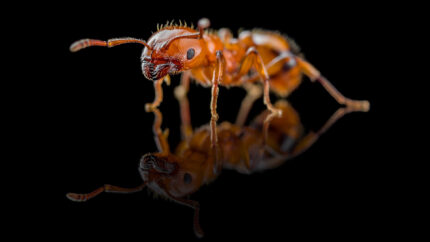
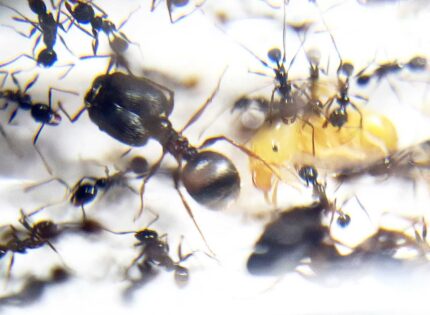
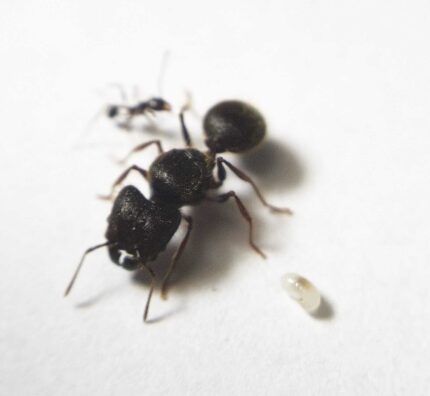
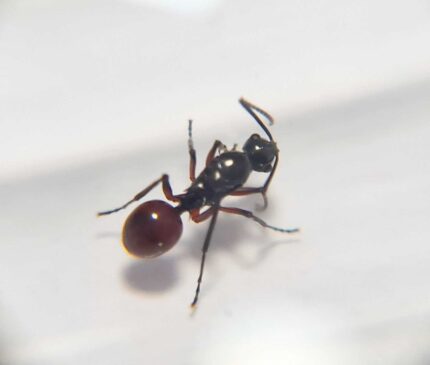
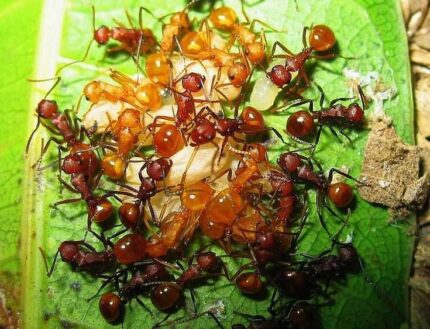
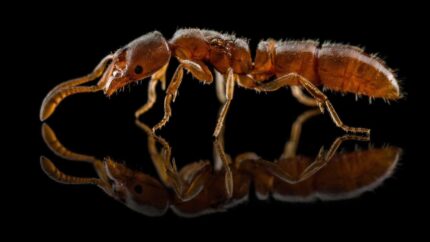
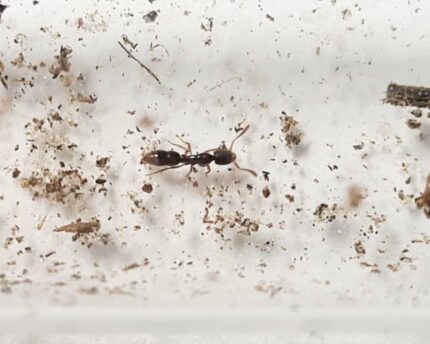
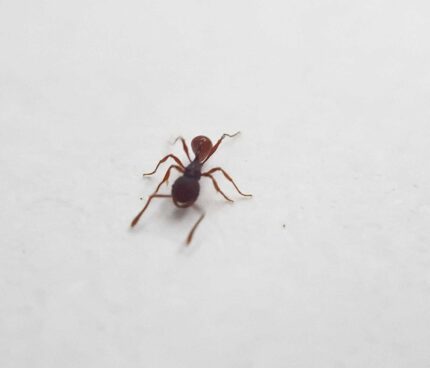
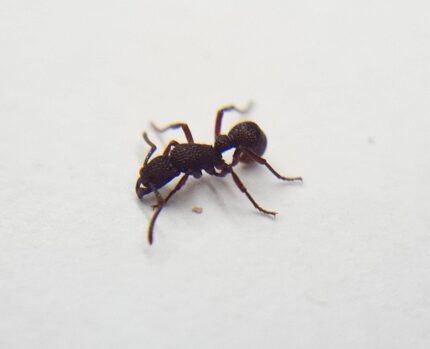
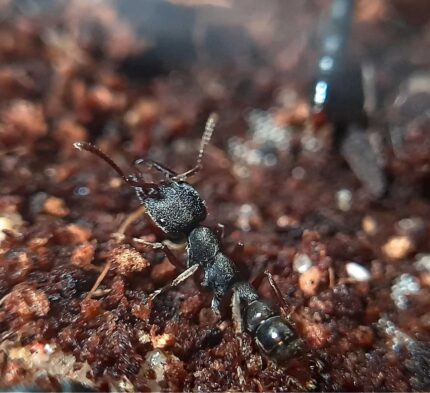
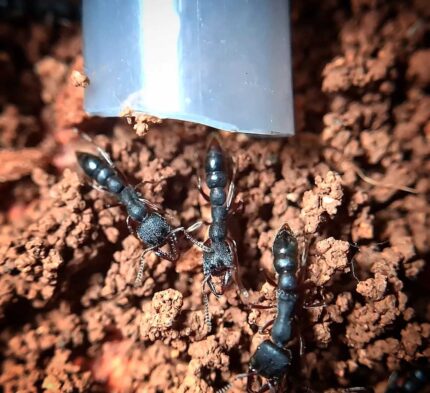
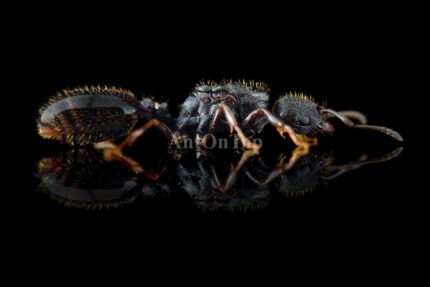
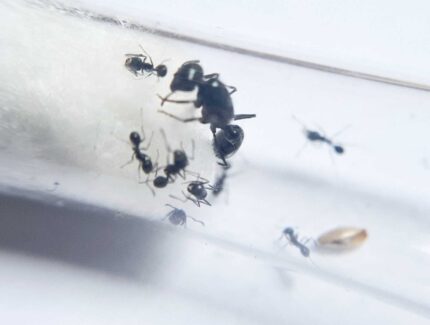
Valoraciones
Clear filtersNo hay valoraciones aún.